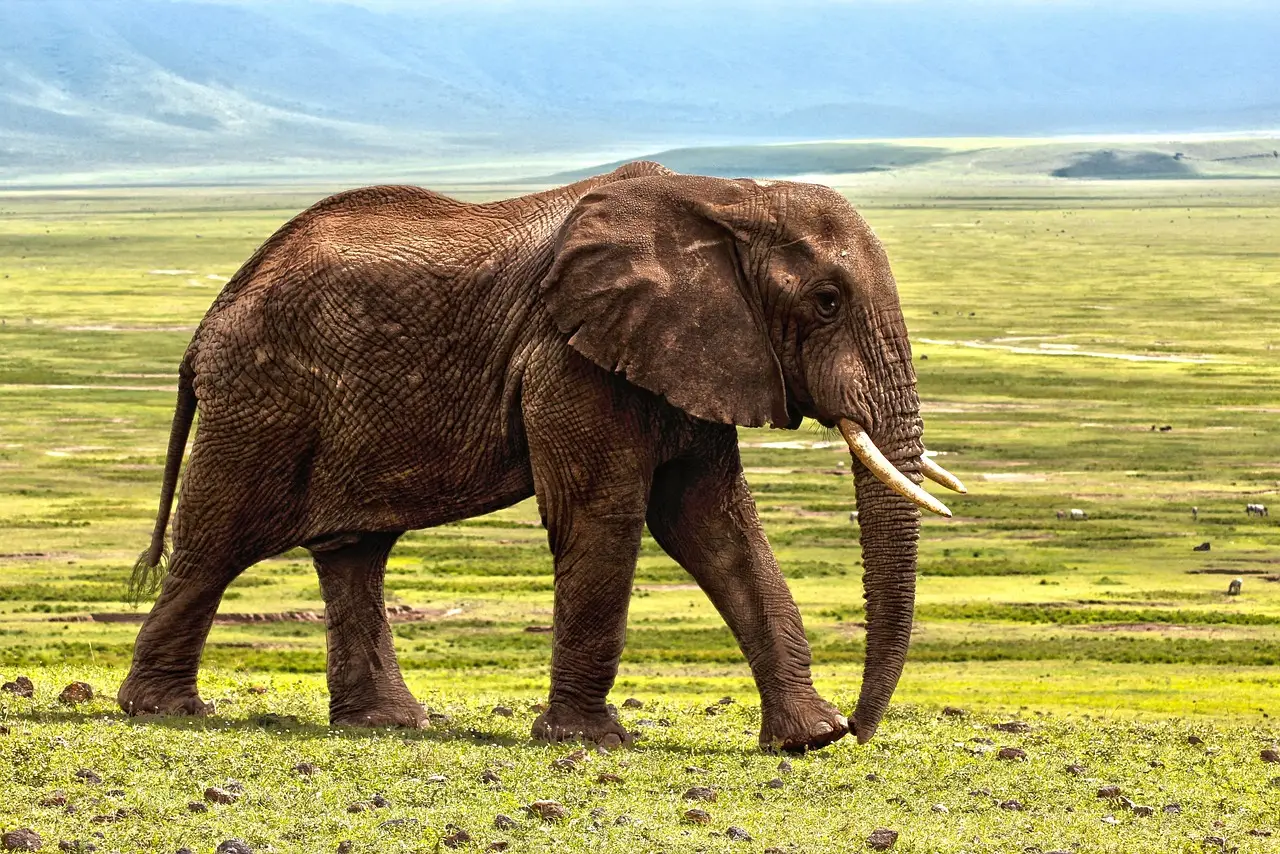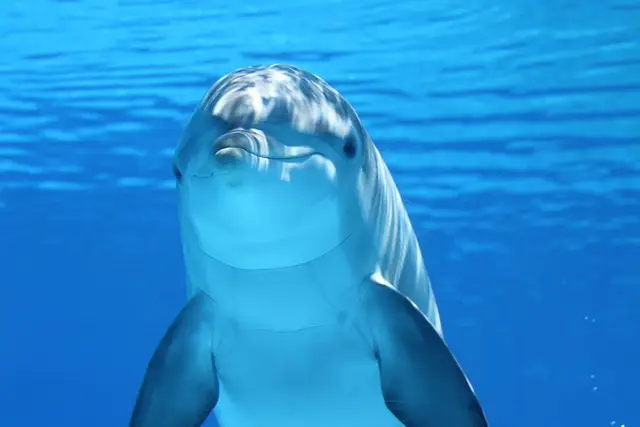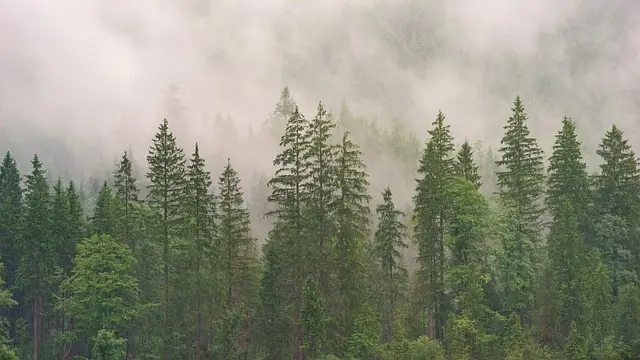
Savanna Animals - African Grassland Wildlife Sounds
Discover the fascinating world of animal habitats in savanna ecosystems. Experience the magnificent world of savanna animals and their powerful vocalizations. Savanna animals like lions, elephants, and zebras create the iconic sounds of African grasslands. Discover authentic savanna animals calls from the vast African plains.
Savanna Soundscape
The sounds of the African plains with lion roars, elephant trumpets, and grassland ambience
Animals in Savanna Habitats
Explore 6 fascinating species that thrive in these animal habitats. Each creature has adapted uniquely to survive and communicate in this ecosystem.
Loading animals from these animal habitats...
Savanna Habitat Characteristics
These animal habitats are defined by unique environmental conditions that shape the lives of countless species.
Vast Open Landscapes
Expansive grasslands with scattered acacia trees create unobstructed environments where savanna animals communicate across kilometers of open plains.
Seasonal Migration Corridors
These grasslands serve as pathways for massive savanna animals migrations, creating seasonal acoustic phenomena with thousands of animals moving together.
Predator-Prey Dynamics
Open grasslands facilitate complex acoustic interactions between savanna animals, with warning calls and hunting communications echoing across the landscape.
Superior Sound Transmission
The open nature of grasslands allows savanna animals exceptional long-distance communication, with some calls audible over 5 kilometers away.
Seasonal Acoustic Patterns
Wet and dry seasons dramatically transform savanna animals soundscapes, from abundant wildlife calls during rains to concentrated sounds around water sources.
Social Herd Communications
Large herbivore groups of savanna animals have developed sophisticated vocal systems for maintaining herd cohesion across vast distances.
Environmental Conditions
Understanding the climate helps explain how animals in these animal habitats have evolved their unique vocalizations.
Temperature Range
20°C to 35°C (hot and dry)
Average temperature conditions in these animal habitats
Humidity Level
20-60% (seasonal variation)
Moisture levels that influence animal behavior and sounds
Precipitation
300-1500mm (wet/dry seasons)
Rainfall patterns affecting ecosystem dynamics
Ecosystem Wonders
Discover the extraordinary features that make these animal habitats unique ecosystems where wildlife thrives and communicates.
Vast Open Landscapes
Expansive grasslands with scattered acacia trees create unobstructed environments where savanna animals communicate across kilometers of open plains.
Seasonal Migration Corridors
These grasslands serve as pathways for massive savanna animals migrations, creating seasonal acoustic phenomena with thousands of animals moving together.
Predator-Prey Dynamics
Open grasslands facilitate complex acoustic interactions between savanna animals, with warning calls and hunting communications echoing across the landscape.
Superior Sound Transmission
The open nature of grasslands allows savanna animals exceptional long-distance communication, with some calls audible over 5 kilometers away.
Seasonal Acoustic Patterns
Wet and dry seasons dramatically transform savanna animals soundscapes, from abundant wildlife calls during rains to concentrated sounds around water sources.
Social Herd Communications
Large herbivore groups of savanna animals have developed sophisticated vocal systems for maintaining herd cohesion across vast distances.
Protecting Savanna Habitats
These precious animal habitats face increasing environmental threats. Understanding conservation challenges helps protect wildlife ecosystems.
Environmental Threats
Critical challenges facing ecosystems
Habitat conversion to agriculture
Habitat conversion to agriculture
Overgrazing by livestock
Overgrazing by livestock
Poaching and hunting pressure
Poaching and hunting pressure
Climate change and drought
Climate change and drought
Human-wildlife conflict
Human-wildlife conflict
Conservation Efforts
Protecting our natural world
Savanna animals have lost 75% of their original grassland habitat due to agricultural expansion and human settlement. Conservation efforts focus on protecting savanna animals through transboundary wildlife corridors, community-based anti-poaching programs, and sustainable livestock management. These initiatives support savanna animals populations and the complex predator-prey relationships essential for ecosystem balance and ecotourism economies across Africa.
How You Can Help
Discover Other Animal Habitats
Continue your journey through diverse animal habitats around the world. Each ecosystem offers unique wildlife sounds and fascinating species.

Ocean
Ocean animals and their marine vocalizations

Forest
Forest animals and their woodland vocalizations

Arctic
Arctic animals and their polar vocalizations